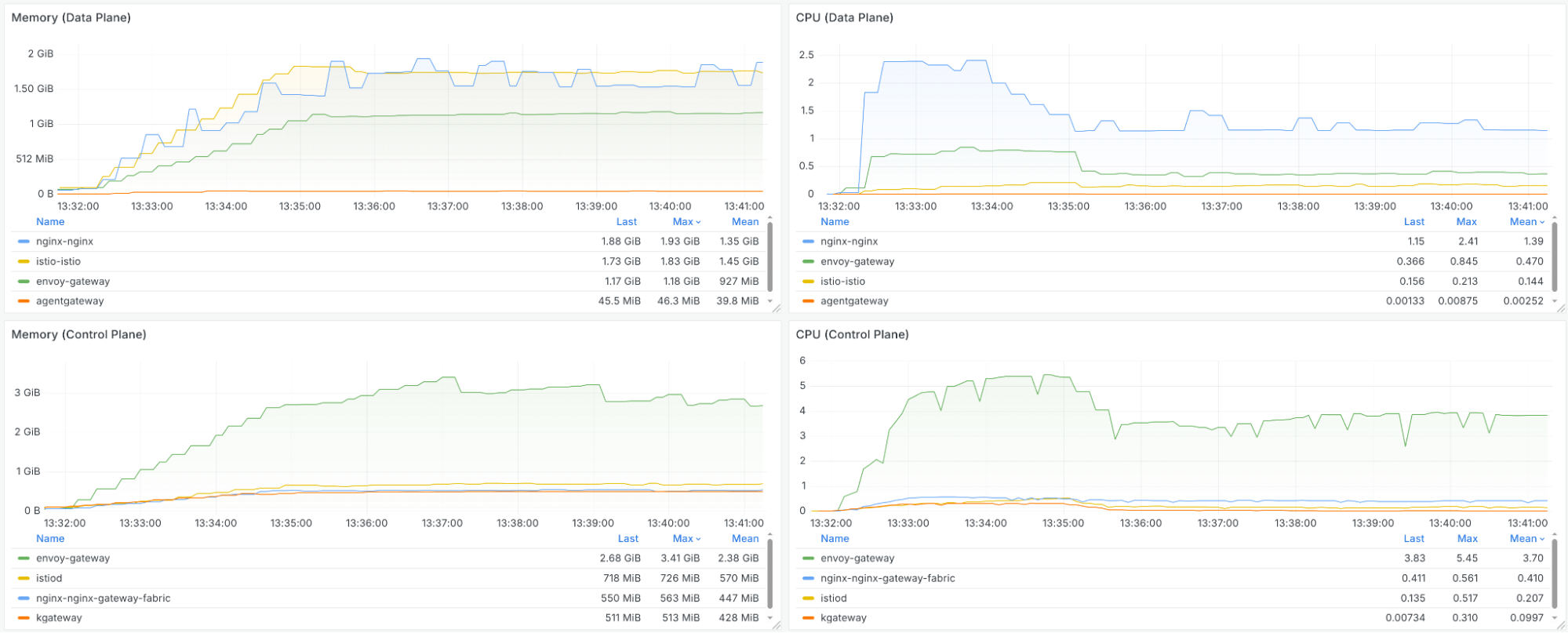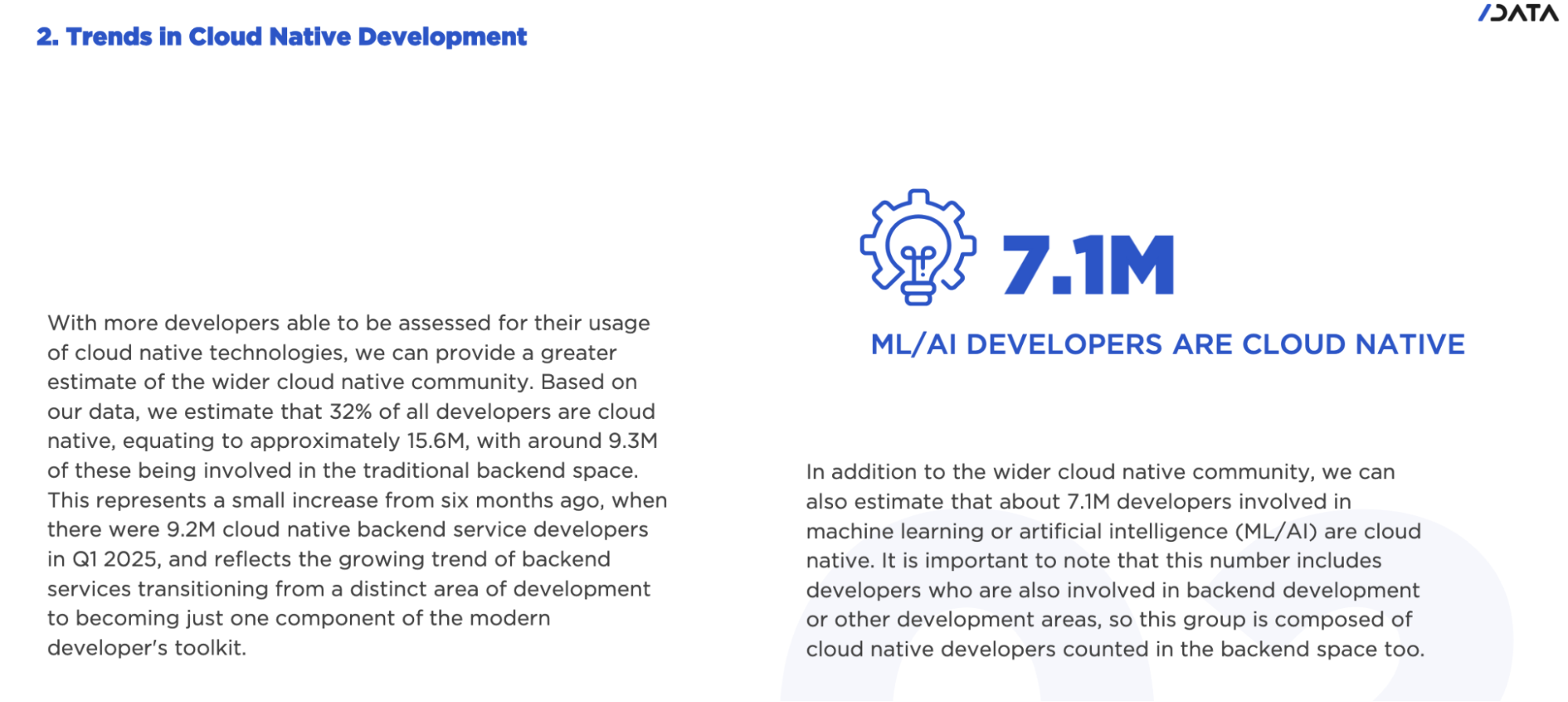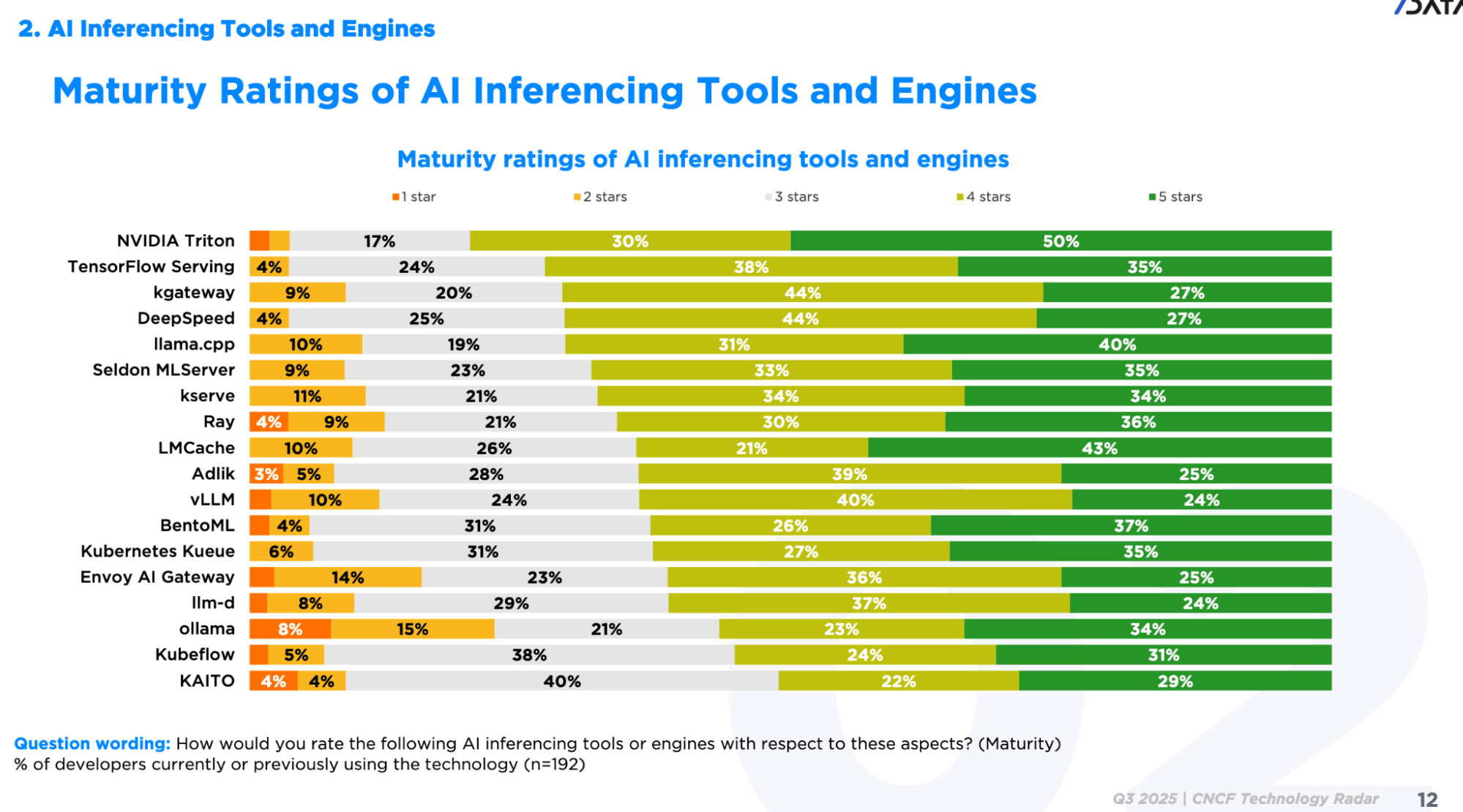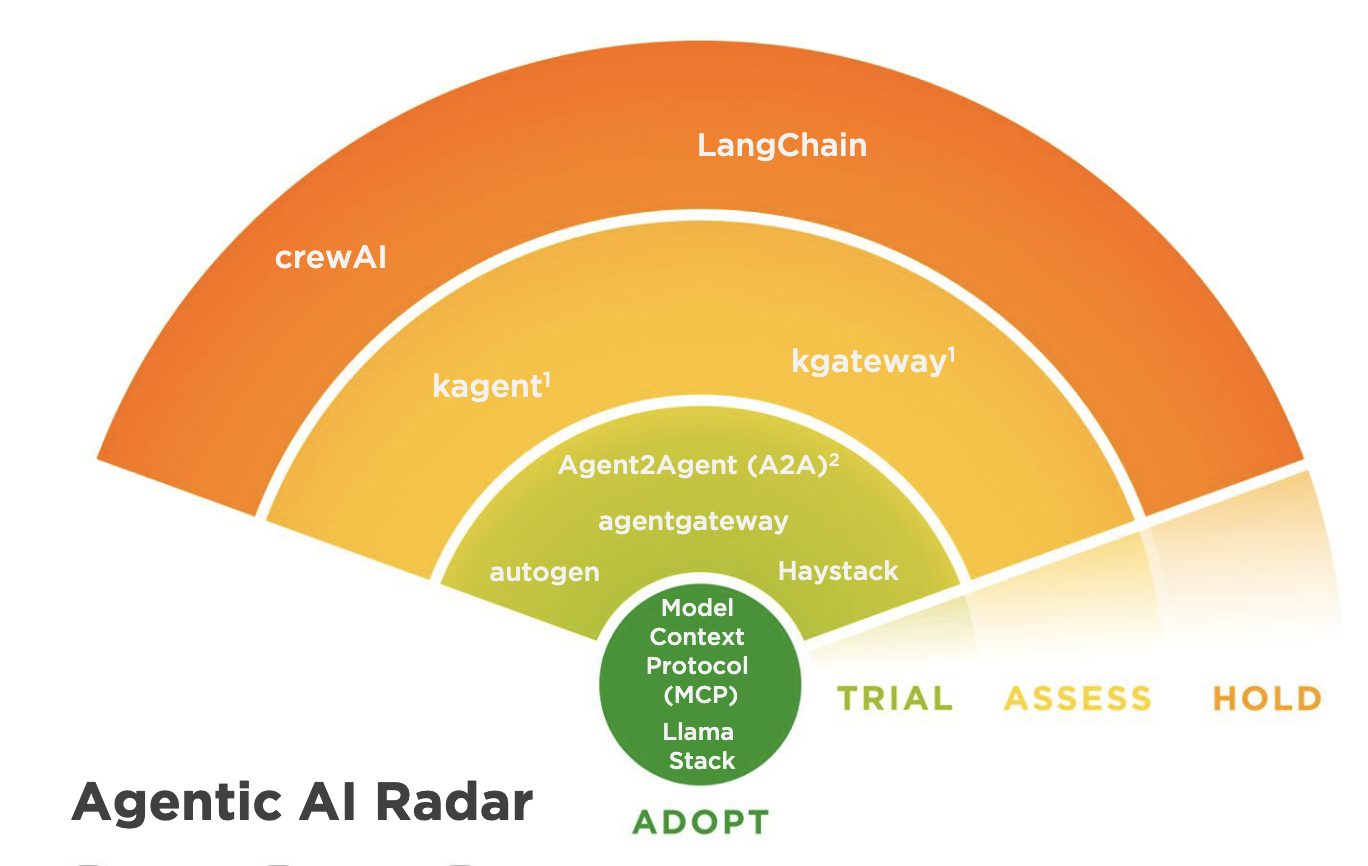Ingress NGINX Retirement: What You Need to Know
Lin Sun & Michael Levan
Nov 18, 2025
During KubeConNA last week, the Kubernetes community announced the Ingress NGINX retirement and recommended that users move to the Gateway API, which is the modern replacement for Ingress. Best-effort maintenance of Ingress NGINX will continue until March 2026, meaning users need a migration plan soon.
This announcement is significant—Ingress NGINX has been one of the most popular ingress controllers for traffic into Kubernetes clusters. It’s part of the core Kubernetes project with over 19,000 stars on GitHub. In this blog, we’ll share key considerations to help you choose a replacement.
What Is Ingress NGINX?
Before planning a migration, it’s important to understand what Ingress and Ingress NGINX are.
In Kubernetes, an Ingress Controller is essential—it watches Ingress objects in the cluster and programs NGINX accordingly, routing incoming traffic to the applications in your cluster.
Here’s a simple example of an Ingress object:
apiVersion: networking.k8s.io/v1
kind: Ingress
metadata:
name: example-ingress
namespace: default
spec:
rules:
- host: example.com
http:
paths:
- path: /
pathType: Prefix
backend:
service:
name: example-service
port:
number: 80This config routes traffic from example.com to the backend service example-service on port 80, allowing users to reach your application from outside the cluster.
Why Gateway API?
One challenge with the Ingress API is inconsistent behavior across vendors, largely due to its reliance on annotations. These overloaded annotations are project-specific and can behave unpredictably when migrating between implementations. Earlier this year, Wiz Research disclosed several CVEs in NGINX related to annotation-based authentication or UID configuration.
Another challenge is the lack of a proper status field, which makes troubleshooting difficult. While you can inspect rules, events, and annotations, it’s often unclear why an Ingress isn’t working.
Because of these limitations, the Kubernetes community has been evolving the Ingress API since KubeCon 2019. The Gateway API reached GA in October 2023, making core APIs like Gateway, GatewayClass, and HTTPRoute stable.
Advantages of Gateway API
What we love about the Gateway API:
- Extensibility: You can define custom traffic policies, rate limits, and more.
- Status field: Provides clear insights into whether a resource is accepted, programmed, and error-free.
Example with kgateway using the core Gateway and the extended TrafficPolicy resources:
apiVersion: gateway.networking.k8s.io/v1
kind: Gateway
metadata:
name: http
spec:
gatewayClassName: kgateway
listeners:
- protocol: HTTP
port: 80
name: http
---
apiVersion: gateway.kgateway.dev/v1alpha1
kind: TrafficPolicy
metadata:
name: transformation
spec:
targetRefs:
- group: gateway.networking.k8s.io
kind: HTTPRoute
name: http
transformation:
request:
add:
- name: x-forwarded-uri
value: 'https://{{ request_header(":authority") }}{{ request_header(":path") }}'After deployment, the status field for each resource lets you see whether resources are programmed correctly and if any errors exist. Here’s an example of the status field for the http Gateway resource:
status:
addresses:
- type: IPAddress
value: 172.18.0.7
conditions:
...
- lastTransitionTime: "2025-11-17T22:59:37Z"
message: Successfully accepted Gateway
observedGeneration: 1
reason: Accepted
status: "True"
type: Accepted
- lastTransitionTime: "2025-11-17T22:59:37Z"
message: Successfully programmed Gateway
observedGeneration: 1
reason: Programmed
status: "True"
type: Programmed
listeners:
- attachedRoutes: 1
conditions:
...
- lastTransitionTime: "2025-11-17T22:59:37Z"
message: Successfully resolved all references
observedGeneration: 1
reason: ResolvedRefs
status: "True"
type: ResolvedRefs
- lastTransitionTime: "2025-11-17T22:59:37Z"
message: Successfully programmed Listener
observedGeneration: 1
reason: Programmed
status: "True"
type: Programmed
name: httpEnvoy Proxy
Many Gateway API implementations are built on Envoy, a high-performance modern proxy. Projects like Istio, kgateway, Contour, Cilium, Envoy Gateway, and Emissary-Ingress use Envoy as the data plane.
While multiple gateways may share the same data plane, the control plane is what sets them apart. The control plane translates Gateway API resources into Envoy configuration. For small setups, this is simple, but for large-scale deployments (e.g., 20,000 routes → 500,000+ lines of Envoy config), control plane efficiency and scalability are critical.
Check out our blog on designing kgateway for scalability, which includes simple tests to evaluate control plane performance during route changes.
Gateway API Benchmark
Performance matters. Regardless of whether your environment is bare-metal, virtualized, cloud, Kubernetes, or serverless, network speed and application responsiveness remain crucial.
One of the most thorough benchmarks comes from John Howard, who recently published v2 with reproducible test scripts. We recommend checking it out, running the tests in your environment, and engaging with his findings.

Inference and Agentic AI
According to the latest CNCF State of Cloud Native Development Report, ~1/3 of cloud native developers are using AI.

If you’re adopting AI workloads, it’s worth considering a consistent Gateway not only for Ingress traffic but also for inference and agentic AI workloads. The CNCF Tech Radar ranks gateways for inference and agentic AI usage, helping guide your selection.


Wrapping Up
With Ingress NGINX retiring soon, you need a Gateway solution that:
- Is based on the Kubernetes Gateway API.
- Provides consistent performance, whether you have 2 or 2,000 routes.
- Is open-source and ideally hosted in a vendor-neutral foundation like CNCF.
- Has a thriving community of users.
- Provides a consistent Gateway for inference and/or agentic AI workloads if your organization is using or planning to adopt AI.
- Is easy to use.
Are there any important criteria we missed for evaluating your next Gateway? We’d love to hear what matters most to you.
Good luck choosing the best replacement for NGINX Ingress! We hope your migration is as smooth as possible. If you have any questions regarding kgateway (we may be biased but we believe it meets all of the criteria above) or Istio, feel free to reach out to our maintainers for assistance.